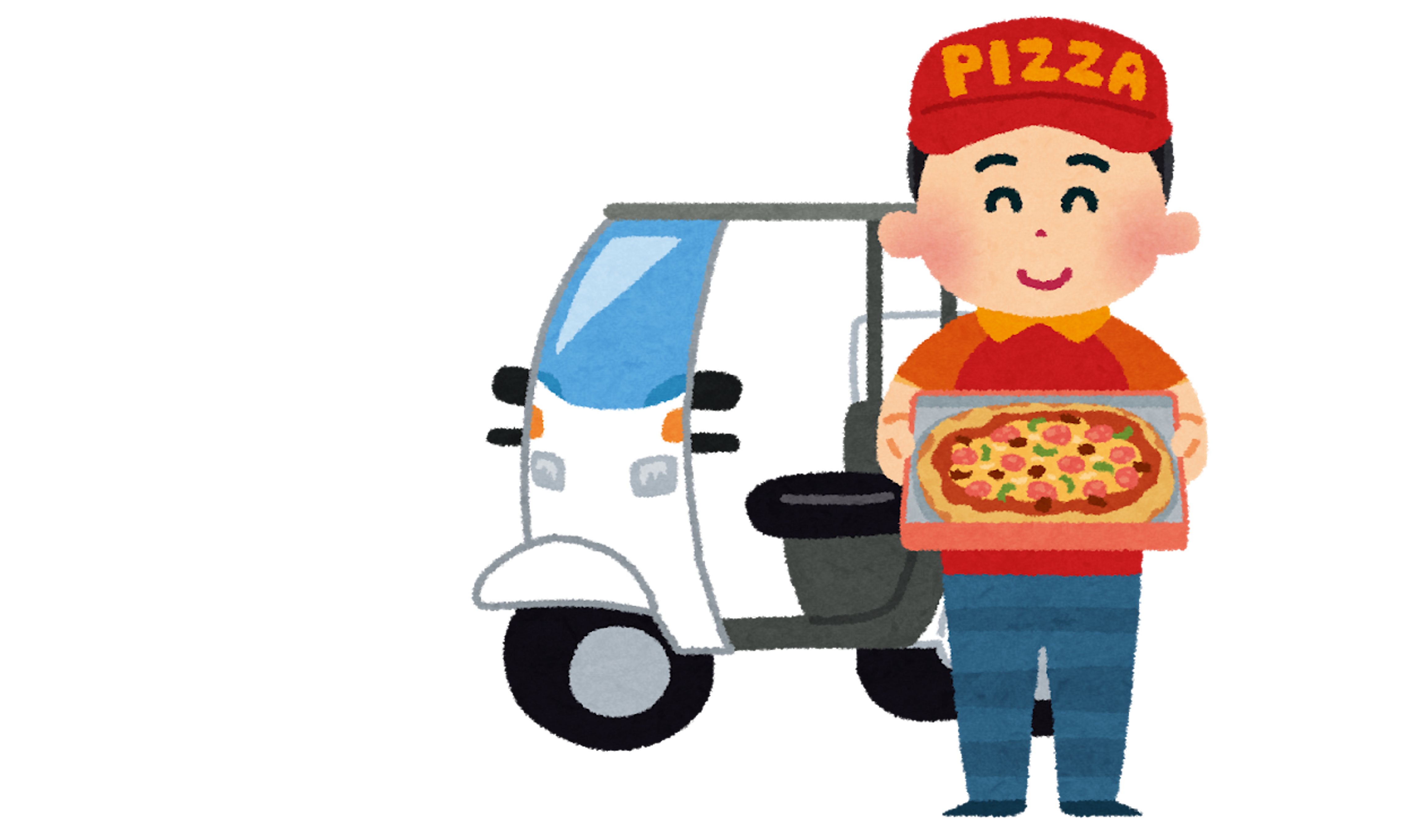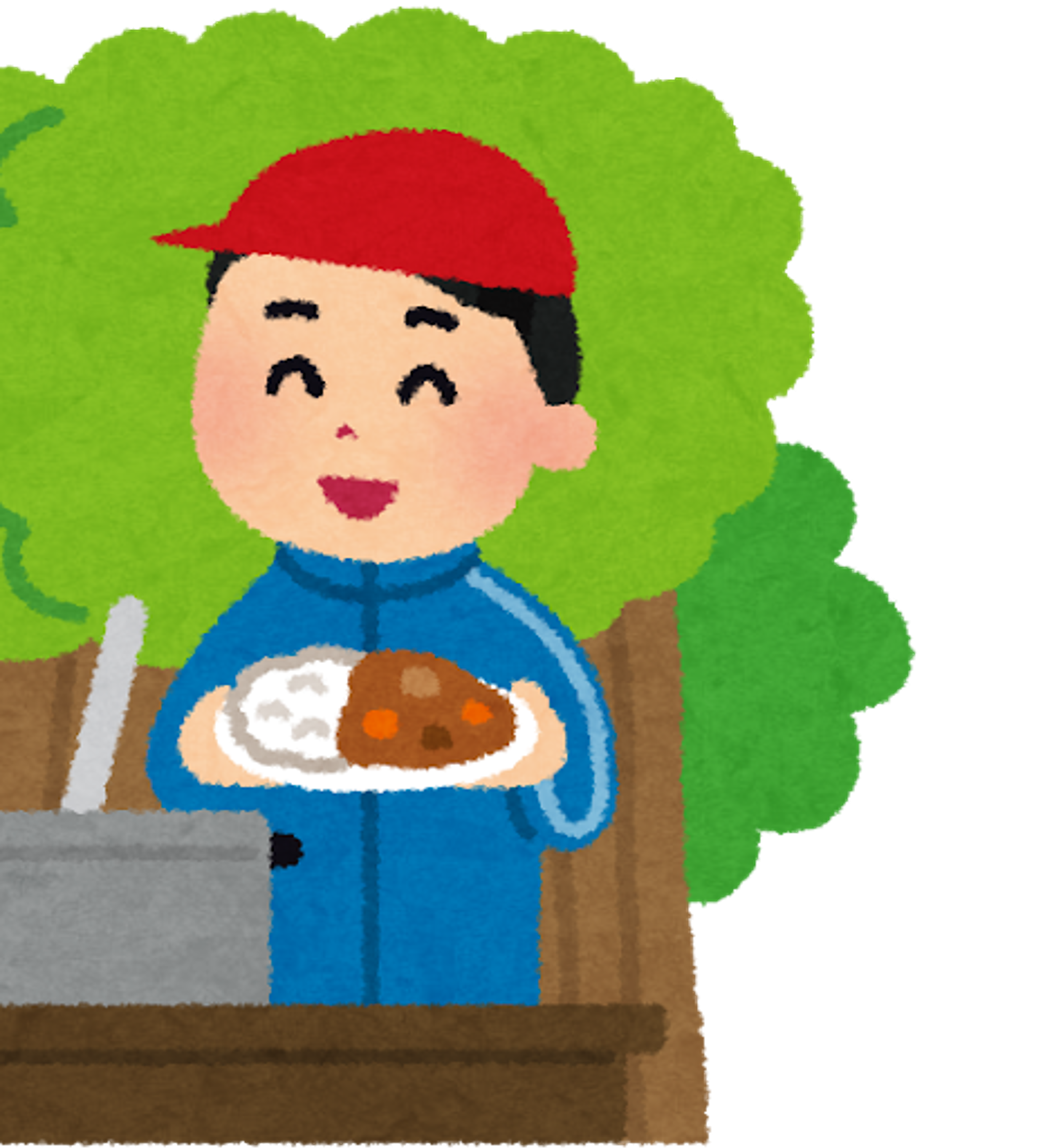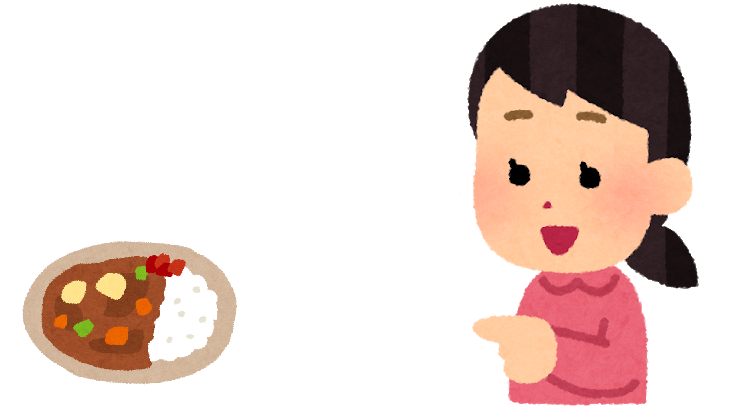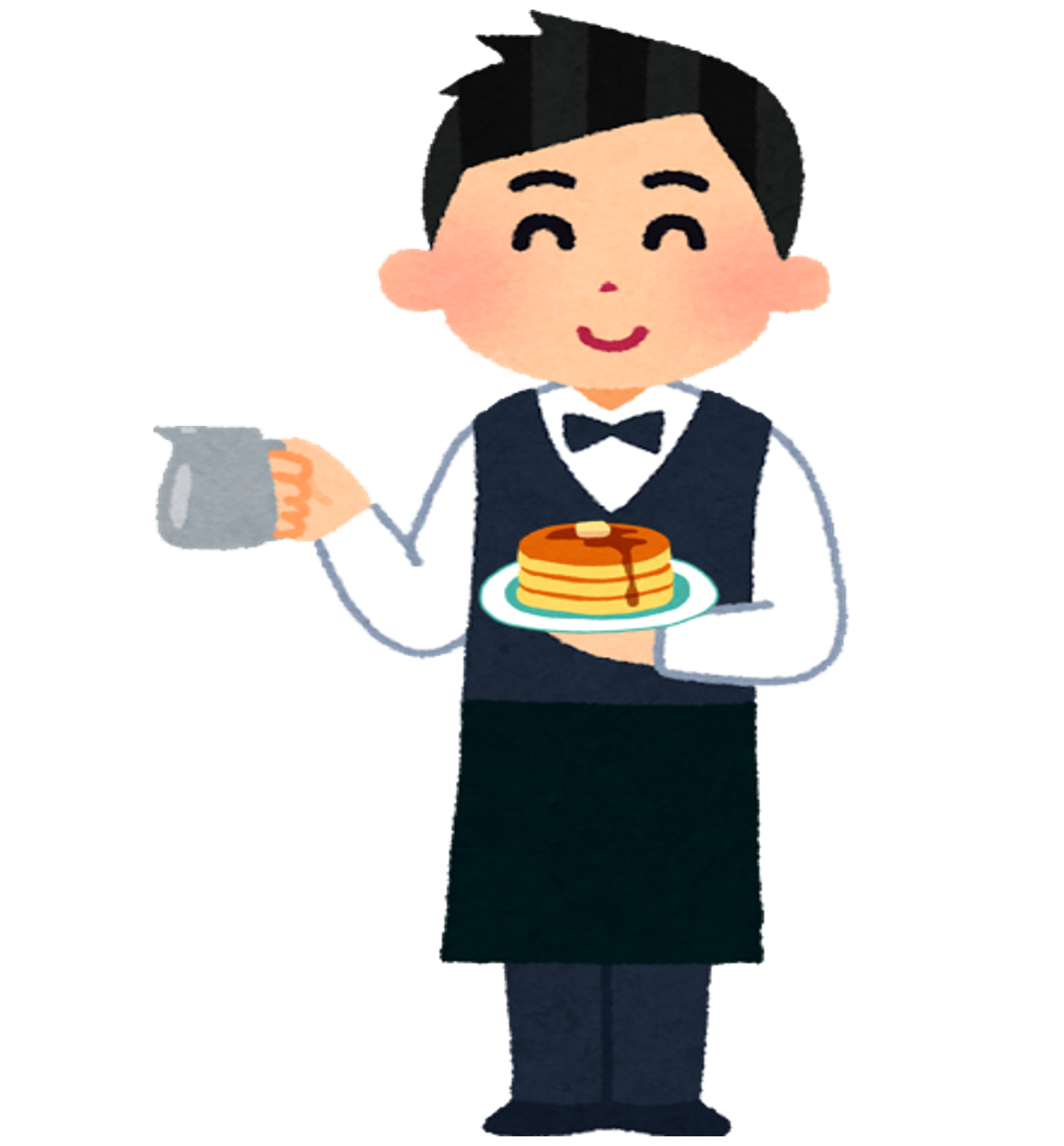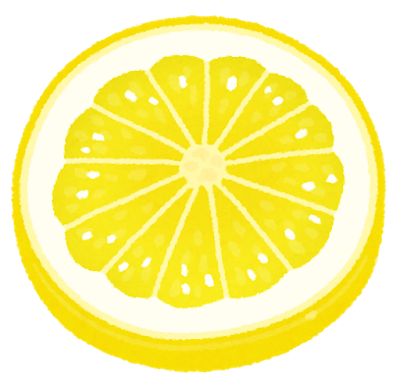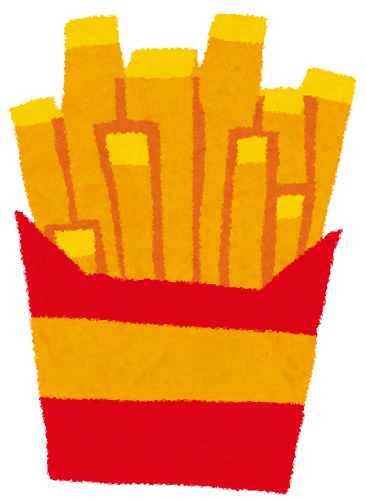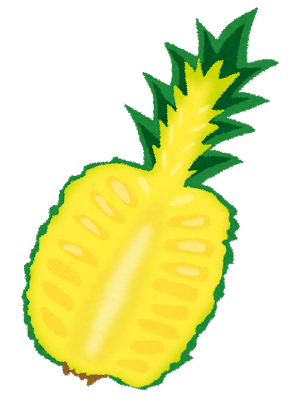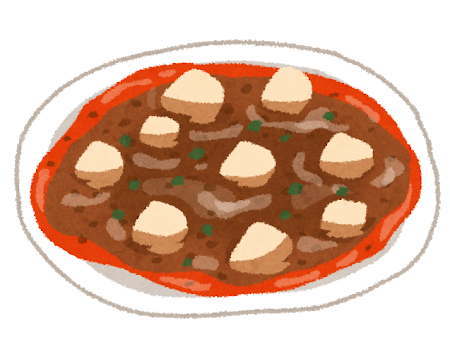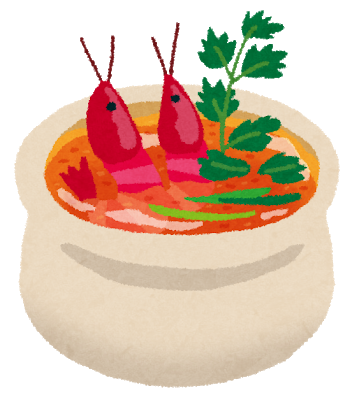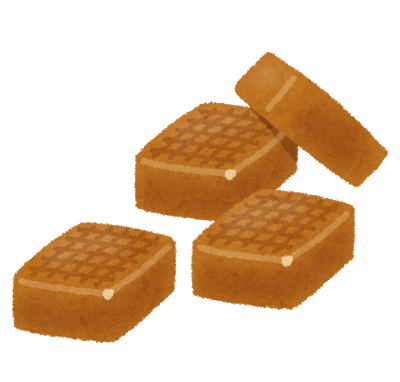WARM-UP
講師の質問に答えましょう。
- Are your trips usually for business or leisure?
- Do you like traveling? How many countries have you visited?
- What’s your most memorable trip? Why?
- Where did you go on your most recent trip? What did you do there?
ANSWER
GRAMMAR CHECK
下の選択肢から正しい答えを選びましょう。
- b. heard
- c. seen
- a. become
- c. worn
- c. Rose bought stamps last weekend, put them in front of the envelopes, and sent the letters to her old friends.
READ AND ANSWER
| 1. | I | about the typhoon from the news last night. | |
|
|||
| 2. | Randy has never | a girl as beautiful as Jasmine his whole life. | |
|
|||
| 3. | Joe’s coworkers have | his close friends. | |
|
|||
| 4. | You have | that shirt thrice this week, Kris! | |
|
|||
| 5. | Which sentence used 3 irregular verbs in it? | ||
|
|||
CONVERSATION
質問に答えましょう。講師にも同じ質問をしましょう。
- What do you usually bring when you go on a trip?
- If you get stranded in an island, how will you get help?
- Do you find backpacking exciting? Why, or why not?
- Where do you want to go next?
ANSWER
READING ALOUD
文章を音読しましょう。そのあとに文章の内容に関する質問をします。
READ
Business Trip
My alarm clock rang at exactly three in the morning. I slept for only 4 hours since I had to finish my presentation. I felt a little nervous but I momentarily forgot about it when I saw a kid running after his rolling ball at the airport. An old lady stood near where the ball stopped and she gave it back to the kid. The young boy held it tight.
I’ve come to realize that second chances are possible but rare. I should be spending more time preparing than worrying about what might go wrong. I must give it my best shot because this trip may open doors of opportunities in the future.
TRUE OR FALSE
文章をどのくらい理解したか確認しましょう。下記の内容が正しいかどうか答えましょう。
- True
- False
- True
- True
- True
ANSWER
- The man was at the airport when he saw the boy. (True or False)
- He finished the report at home. (True or False)
- His flight was scheduled in the morning. (True or False)
- The man realized preparation is the key to achieve anything. (True or False)
- He anticipates more opportunities if the presentation will be a success. (True or False)
SELF-EXPRESSION
あなたの意見を言ってみましょう。あなたの答えを7文以上で説明しましょう。
Do you think employees deserve 1 month paid vacation every year?
ANSWER
FEEDBACK
| ACTIVITY | RATING |
|---|---|
| WARM-UP |
|
| GRAMMAR CHECK |
|
| CONVERSATION |
|
| TRUE OR FALSE |
|
| SELF-EXPRESSION |
|
| LEVEL ASSESSMENT |
|



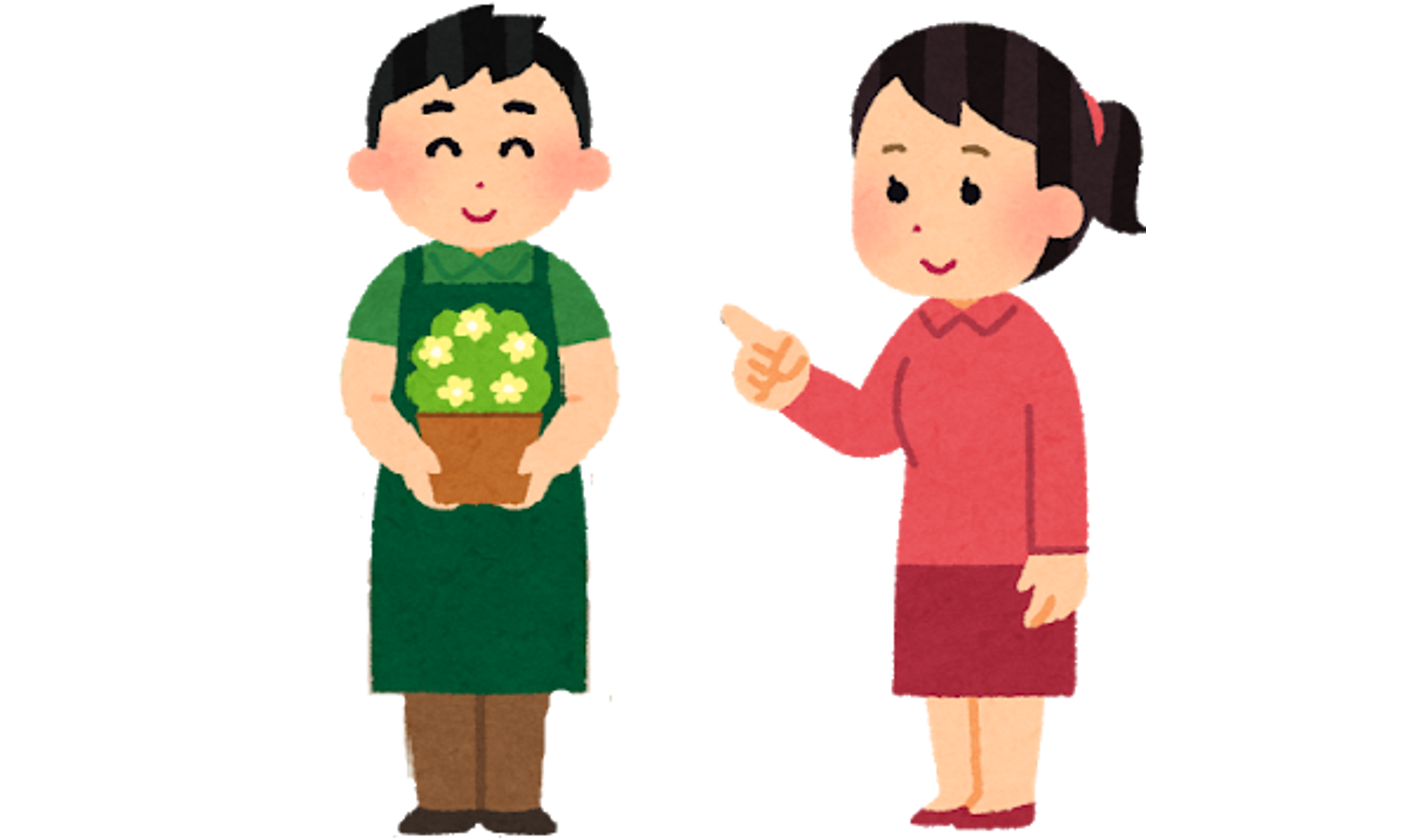
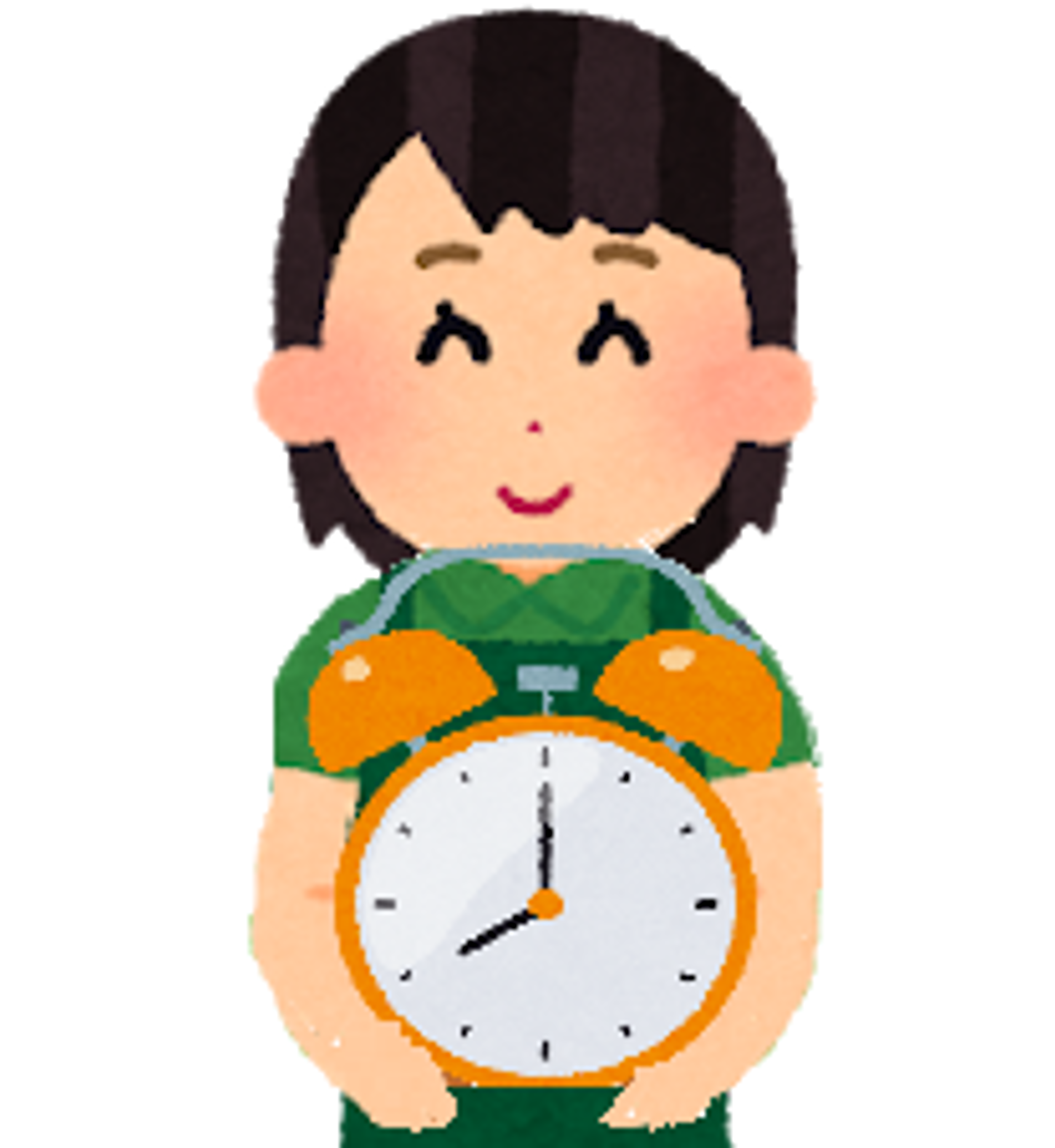



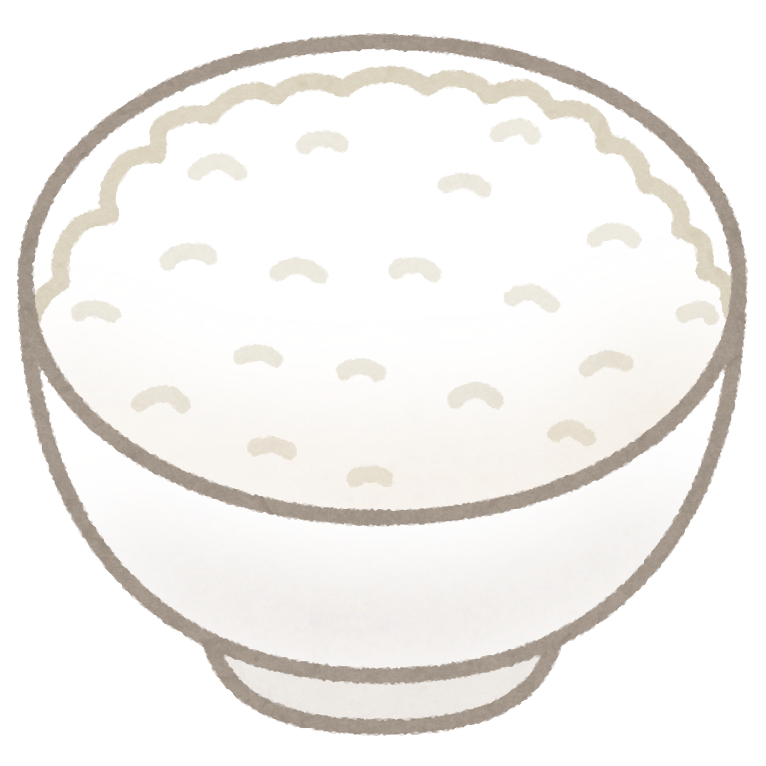



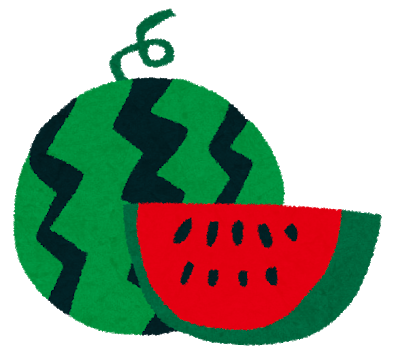
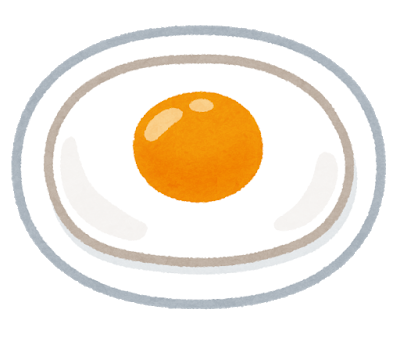

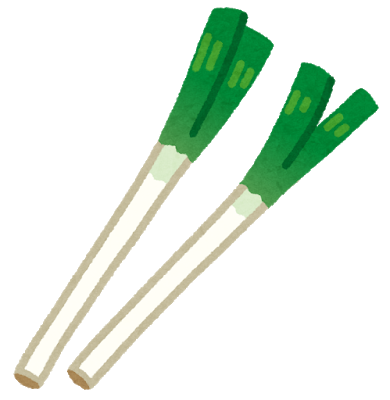

 GOOD
GOOD 

